Fastballs
This is part 2 of the Every Pitch in Baseball Series.
- Part 1: Types
- Part 2: Fastballs
- Part 3: Glove-Side Pitches
- Part 4: Arm-Side Pitches
- Part 5: Not-So-Common Pitches
Table of Contents
1. Fourseam Fastball
Rising Fastball?
Running Fastball
2. Twoseam Fastball
Sinking Fastball
Sidespin Twoseamer
Bowling-Ball Sinker
Shoot
3. Cut-Fastball
Sinking Cut-Fastball
Rising Cut-Fastball
Breaking Ball Cutter?
As you’ve read in Part 1, Fastball is the most basic pitch. It doesn’t require fancy wrist/finger action and is thrown in the hardest way possible.
So most pitchers use the Fastball as the main pitch(generally >50%), which means that it’s hard to be a good pitcher without a good Fastball. They’re often called the differentiator between a Loogy(LeftyOneOutGuY) and an All-Star reliever.
“Fastball” mostly refers to Fourseam, since the other fastballs are variations from the Fourseam. Some people like to call other fastballs(Twoseam, Cutter) moving fastballs.
Fourseam Fastball

The fastest pitch.
Back in 2015, Cuban pitcher Aroldis Chapman set the record at 106mph, although it’s controversial since other radars reported the same pitch as 103 or 105mph. Apparently, there’s still some room left to throw harder.
For a 100mph pitch, the hitter only has about 0.3s to react, making it tough to hit. That’s why it’s always called the “most effective”. In fact, some pitchers make a living throwing this pitch 9/10 times because it’s so effective.

Brewers closer Josh Hader arguably has the best fastball in baseball(2021). He throws this pitch roughly 80% of the time and pulling a lot of Ks.
Despite being fast though, most people think that it’s the easiest pitch to hit because it’s the closest thing to being “straight”. Much that there’s a term “fastball-hitter”, who just waits for the Fourseam to swing at.
But still, they’re favoured because it’s the least hard to command. Throwing strikes with a Non-Fastball is insanely hard, so pitchers find the Fastball more comfortable.
And things have changed since 2008 since pitch f/x(ball-tracking machine) came along. Because it turns out that Fastballs actually move a lot. The upwards spin on the ball makes it “fall less” than it should, giving it more “rise” than every other pitch.
Rising Fastball?

It doesn’t exist. But it’s a nice nickname for a nice fastball.
As you’ve just read, the Fourseamer’s biggest trait is its Vertical(rising) movement. Vertical movement is what separates a mediocre/elite Fourseam.
Traditionally Fourseam fastballs with good movement were called to “have some ride to it” or “look faster”, because it’s not too noticeable to the naked eye.
As the ball spins more vertically/fast, there’s a stronger Magnus force on the ball, making it fall less by gravity. And some fastballs with a lot of Vertical movement fall a lot less than the average pitch, seeming like it’s rising, and that’s why they have the nickname.
The best Risers are thrown with the highest spin & lowest release point.
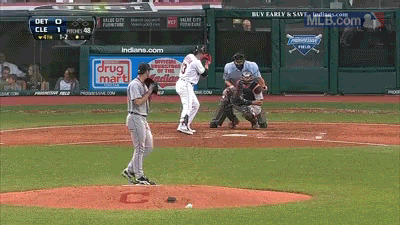
If you search the list of highest Fourseam V.Movement, you can notice that a lot of them are the best pitchers in the league.
For example, Uehara Koji was the closer for the WS Champ Boston Red Sox in 2013, throwing sub-90mph. His fourseam had more than 5 inches of extra movement on his fastball.
The good rising fastball is the best pitch in baseball.
Tom Seaver
Running Fastball ~ Runner
Runners are basically Fourseamers with some extra armside movement to them.
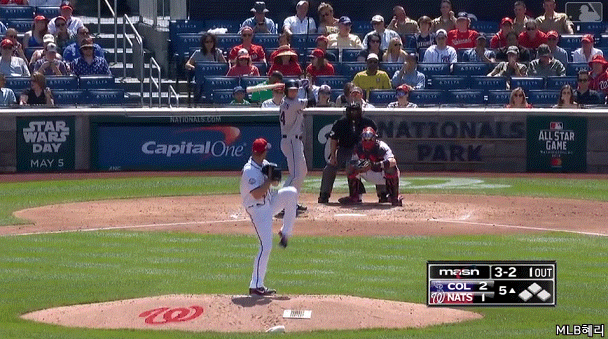
Armside movements are often called “tailing” because the ball moves like an animal’s tail.
Fastballs with a slight tail are hard to make solid contact with because they break away from the barrel at the last minute. But, they’re usually a worse pitch than Rising Fastballs, because they don’t miss the bats as much.
Rising Fastballs move above the bat, and creates swing&miss. And for pitchers, no contact is better than contact.
Meanwhile, some pitchers use the twoseam grip to transform their Fourseamers into Runners. What’s a twoseam grip?
Twoseam Fastball
Twoseamers are fastballs thrown with the 2-Seam grip:
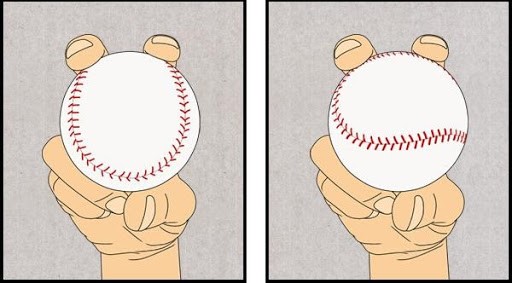
For every rotation, the Twoseamer has 2 seams over the ball:
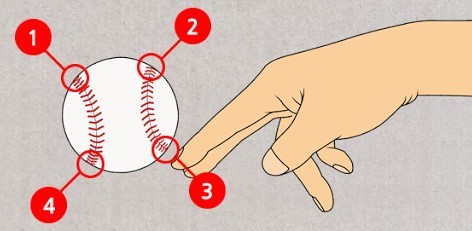
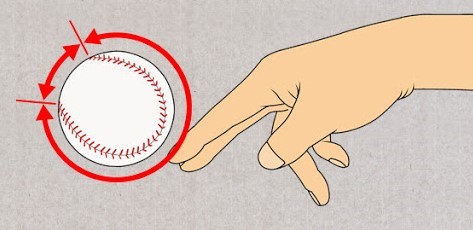
Sinking Fastball
The Sinker sinks.
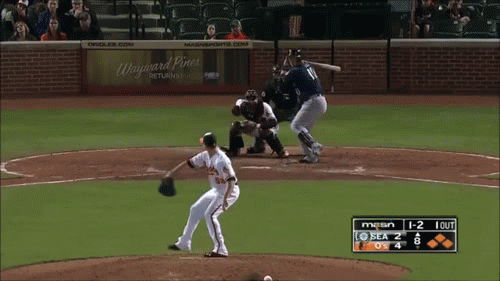
Although they do have a bit of tail, Sinkers’ main trait is the downward break. Sinkers generally drop 6-12 inches more than the Fourseam.
They’re the best ground-ball inducers. They have this short, hard break at the last second, which isn’t enough the miss the bat, but enough to hit the bottom of the barrel.
Remember that Sinkers still have an upwards movement. In other words, they still move against gravity and fall less than they should. But, that is still a lot less than the Fourseam, which makes it look like it has a downward movement to it.
Sinkers kill the vertical movement on the pitch in 2 ways. The first is lower spin efficiency, which makes the same amount of spin less effective. The pitch with a 50% efficiency would simply not move upwards as much as the one with a 100% efficiency.
The second is Seam-Shifted Wake. You can read about that in this blog.
Many groundballers scrap the Fourseam and stick to the Sinkers because they don’t have the gift of both a rising Fourseam and a falling Twoseam. These pitchers sacrifice strikeouts, in return for weak contacts.
That’s why many veterans who used to be stuff-pitchers learn the Sinker and become groundballers. Because their Fourseam worsens and can’t strike out hitters anymore, they’re forced to change their pitching style.
The best Sinkers are thrown with the highest release point & most drop.
Sidespin Twoseamer
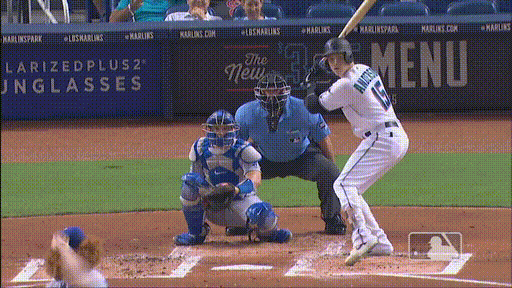
This is a Twoseam that has a lot of armside movement to it. It’s basically a “Runner with extra run/sink”
It’s a pitch that almost spins sideways. They also have high spin efficiency, too. That combination creates a ton of lateral break. That’s right. Tailing x2.
This is the fastball that’s mostly thrown by sidearm pitchers, or pitchers with a low 3/4 arm slot:
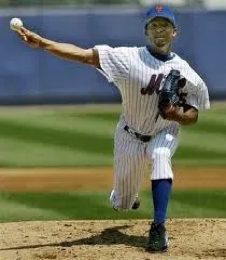
Bowling-Ball Sinker
Although, pitchers like Jared Hughes combined Shoot and Sinker, trying to get the best of both worlds. That’s cheating. They do that by throwing the Twoseam like a Sinker from a low arm slot.

Bowling ball isn’t really an official term for these Sinkers. It’s more of a nickname.
Shoot (“Shuuto”)
There actually used to be a type of Sinker that’s almost extinct in the 21st century.
These pitches were thrown unlike how today’s Sinkers are thrown. Instead of using the Seams to create an extra sink on the pitch, these pitches were thrown by altering the grip.
Generally, fastballs are thrown with the middle/index finger behind the ball, or slightly at the outer-edge of the ball.

But with the Shoot, the fingers lie at the inside of the ball.
Remember how the pitch is dead in Western baseball? Well, the story is a little different in Japan. Many Japanese pitchers use it as a breaking ball. It’s commonly known as the shuuto, which is how a Japanese person would usually pronounce the word shoot.
Cut-Fastball
This pitch is usually called a Cutter. It’s basically a gloveside Twoseamer.
This pitch has a “cutting” action to it. Because it’s really hard to differentiate it from the fastball, it misses the barrel and creates weak contact.
Unlike Twoseamers, which comes at essentially the same pitch Cutters are usually a few mph slower than Fourseam.
Mariano Rivera was the pitcher when it comes to the Cutter. It not only was up to 96mph, but it also had a fantastic gloveside movement. The break on his cutter was so late that according to an MLB player, he couldn’t tell the difference between the Fastball until it was 10 feet in front of home plate.
Sinking Cut-Fastball
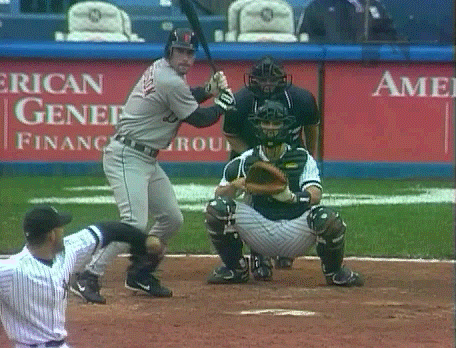
Sinking Cut-Fastballs take up the majority of Cutters. They’re 2-4mph slower than the Fourseam and have a bit of sink and cut.
Like the Twoseam, pitchers learn the Cutter to suffer from less hard contacts and homers.
They also use the Seam-Shifted Wake movement to add more Cut & Sink. By using a fourseam grip instead of a twoseam grip.
As you can guess, the best Cut-Fastballs have the most cut.
Rising Cut-Fastball
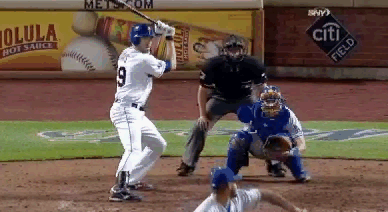
Hard Cut-Fastballs come in at around 1-2mph slower than the Fourseam, which is essentially the same speed as the Fourseam.
Such few pitchers throw this pitch, and it’s named as one of the unicorn pitches of baseball. But unlike many other uncommon pitches, they’re powerful. Throwing this pitch almost automatically makes you an MLB-level closer.
Then why wouldn’t all pitchers just throw this type? Because most pitchers can’t. For most pitchers, they barely move any different from the Fourseam, and that’s not enough to consider it as a separate pitch. Pitchers search for the perfect balance between velocity and movement, and Hard cutters just don’t have enough movement for the majority.
But some pitchers are gifted with both. Like Kenley Jansen, who is Mariano Rivera’s successor as a Cutter-master. During his prime, Jansen threw his cutter as fast as the typical Fourseam, while having the rise and a big cut with it.
In the meanwhile, some pitchers naturally “cut” their Fourseamers, making it a Cut-Fastball. Instead of throwing both Fourseam-Fastball and a Cut-Fastball, they just throw the mish-mesh pitch.
Breaking Ball Cutter?
There’s actually 1 type of Cutter not described yet: a Breaking-Cutter. This pitch is not a fastball. Instead, it’s a Gloveside breaking ball.
So, coming up next: Gloveside Pitches
